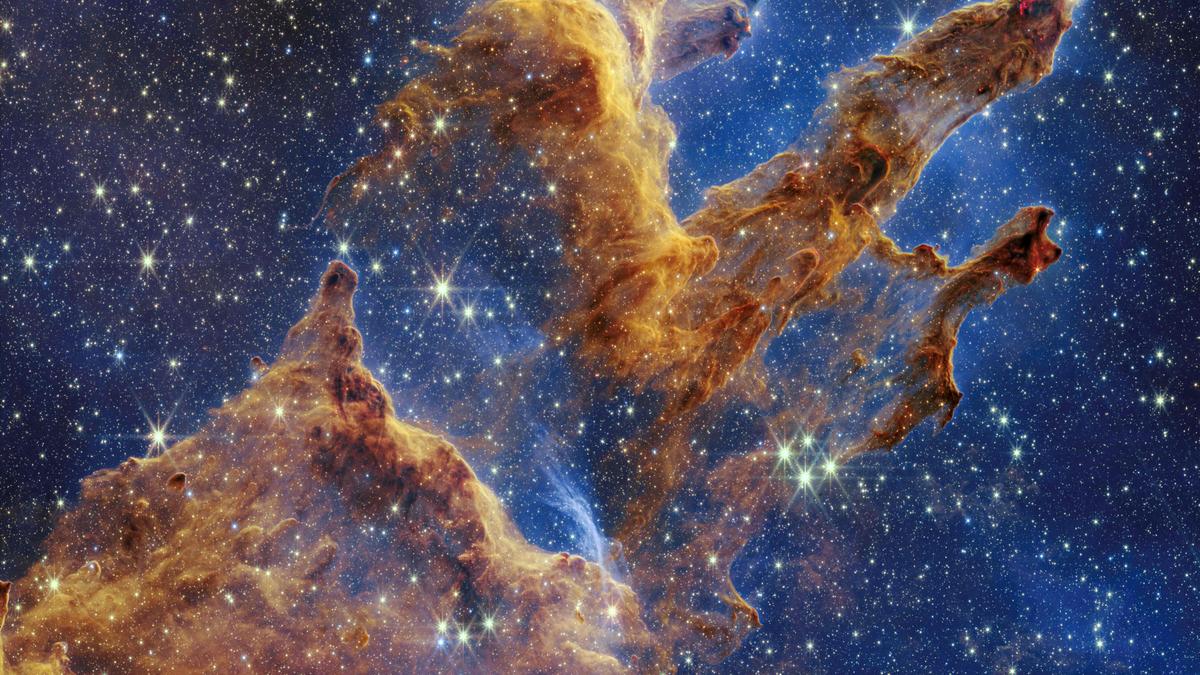The new method developed by the Indian Institute of Astrophysics and the Institut de Recherche en Astrophysique et Planétologie, France, is said to open the door to more realistic simulations of stellar spectra.
A researcher from the Indian Institute of Astrophysics (IIA), working with collaborators from Institut de Recherche en Astrophysique et Planétologie, France, have developed a method to compute more realistic properties of stellar atmospheres.
This method is said to open the door to more realistic simulations of stellar spectra which is the primary tool astronomers use to decode the physical conditions in stars, circumstellar disks, and interstellar clouds.
Until now, most models relied on an important simplification in which it was assumed that while atoms could deviate from equilibrium in terms of energy states, their velocities (how fast they move around) still followed a neat, predictable distribution.
“This assumption, while convenient, is not always realistic, especially for atoms in short-lived excited states,” the Department of Science and Technology said.
It added that stellar atmospheres are chaotic, photons scatter, energy levels fluctuate, and velocity distributions can stray from the equilibrium picture.
“Capturing this complexity requires what astrophysicists call full non-local thermodynamic equilibrium (FNLTE) radiative transfer — a formidable problem that scientists first described back in the 1980s but couldn’t solve owing to computational limitations,” the department said.
The IIA researcher, Sampoorna M., and the French team first tackled a simplified version of the FNLTE problem: the case of a two-level atom (where an atom can only jump between two energy states) and then took the next step of solving the three-level atom problem.
“With three atomic levels, new types of scattering come into play, including Raman scattering — where an atom absorbs light and re-emits it at a different frequency. These processes are only approximated in standard models, but the new FNLTE approach captures them naturally,” it added.
When the team compared their FNLTE results to traditional models, the differences were striking. The velocity distribution of excited hydrogen atoms no longer followed the tidy Maxwellian curve. Instead, it showed significant departures, especially near the stellar surface — exactly where astronomers collect their spectral fingerprints of stars.
This advance means astrophysicists are now a step closer to simulating stellar spectra with unprecedented realism. “More accurate models help astronomers pinpoint the temperatures and compositions of stars more reliably, better understand the physics of circumstellar disks and molecular clouds where stars and planets form and push forward the search for Earth-like exoplanets, since decoding starlight is key to finding tiny planetary signatures,” the department said.
Published – August 25, 2025 08:05 pm IST
